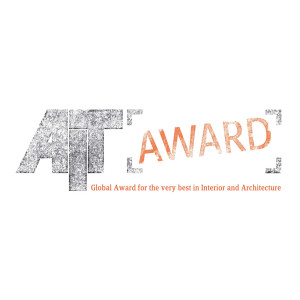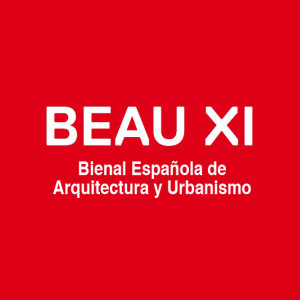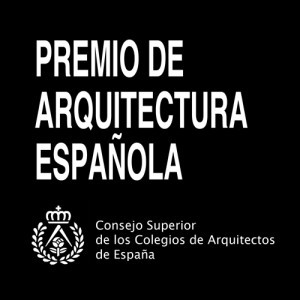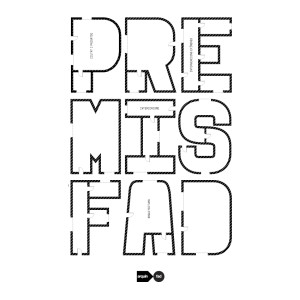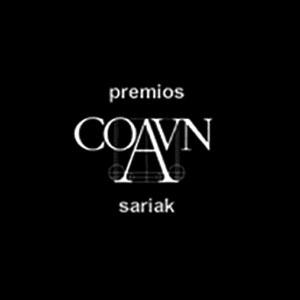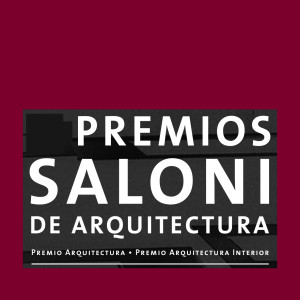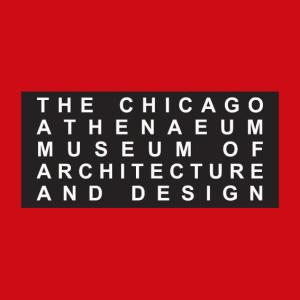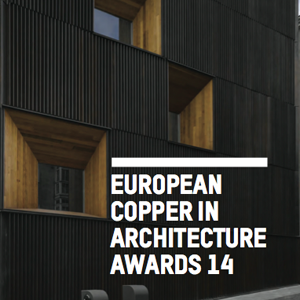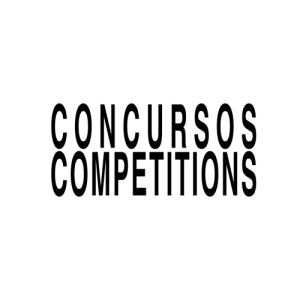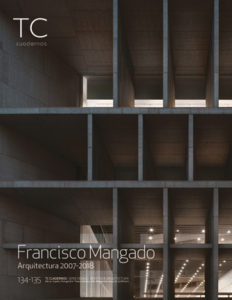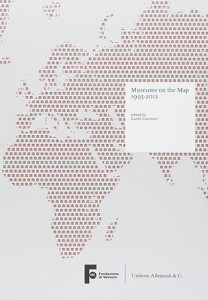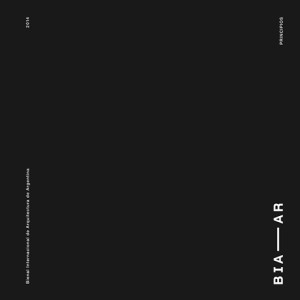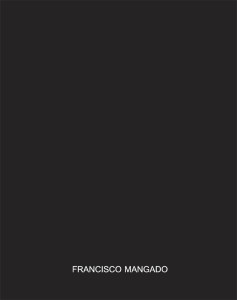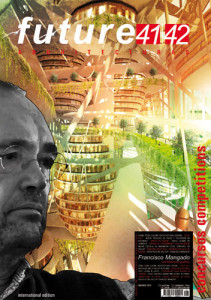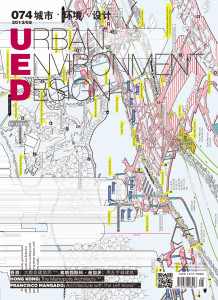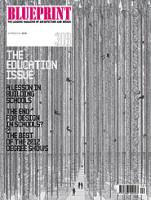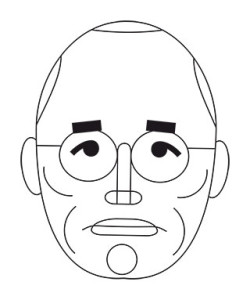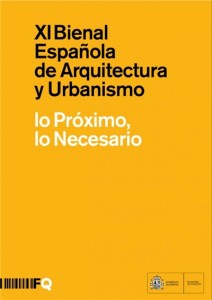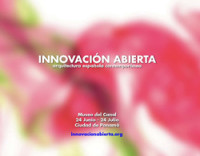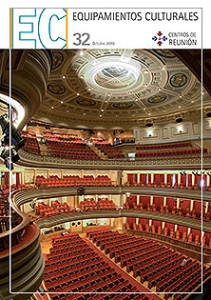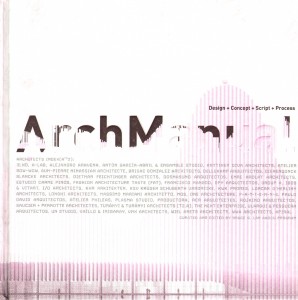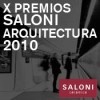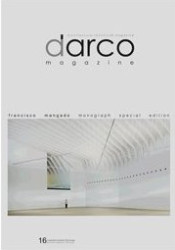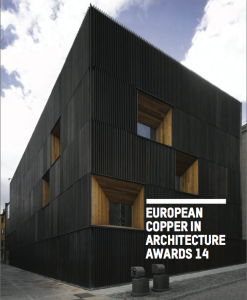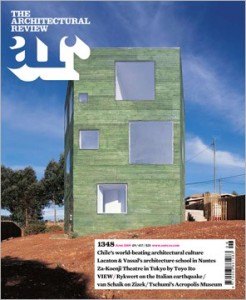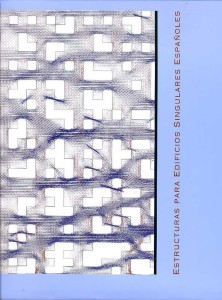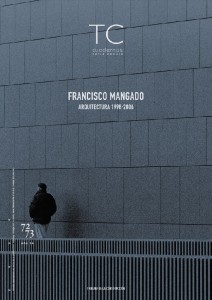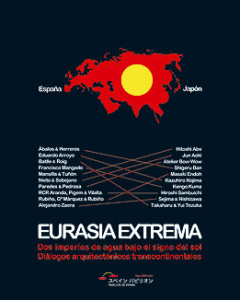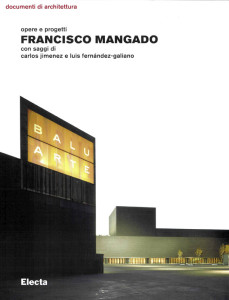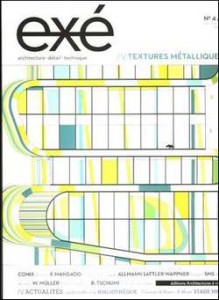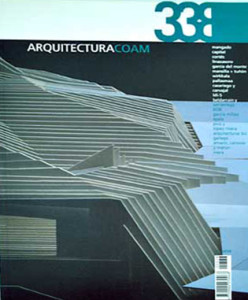2001
/
2009
Ávila is a dense and intense city. Its layout, centered and delimited by the smoothly crafted city walls, confirms this perception. Actually, Ávila itself is a rock amid the harsh landscape surrounding it.Within such thickset contexts, any clear space takes on an added value much related to the concept of contrast or of boundary. In such cases a square serves as a means to free up interior space, and externally, to articulate the relationship with the city walls. The area outside the walls belies the origin of these voids that organize the space between the city inside, and the city outside. The presence of an open space at the foot of the walls, where the new Congress Center shall go up, allows thinking of new systems to structure the urban space.During the project design the guiding principles were conceptual density, generosity in the way of occupying space, and exploitation of the topographical features of the site. The landscape studded with granite pieces, both formally and spatially, provided the references needed.The Municipal Congress and Exhibition Center is aimed at becoming a meeting place to celebrate different kinds of events, a levelled area or plaza at the edge of the walls. The main level of this area is matched up with the highest point of the plot, so that its extension generates a large interior void that shall house, without excavation, the required uses.The building basically takes up the northern side of the new public space, delimiting along with the walls the new square. In keeping with the contours of the site, the project combines two different geometries: the most orthogonal and elongated space contains the auditoria and main halls, while the most precipitous and uneven one contains the exhibition spaces.Entry to the complex is clear and easy: the main auditoria are reached from the square and from the higher part of the seating area, which allows to get a quick grasp of the interior space; and the exhibition areas have an independent entrance from the incisions on the platform in the eastern boundary and, since all the different areas are connected under the square, they can also be reached from the interior of the building. From a formal and constructional point of view, the project draws inspiration from the evocative strength of the landscape, from the granitic mass that pervades everything.The volumes are meant to be seen from afar, high up from the walls like a sculpture carved out of the terrain. It is a juxtaposition of granite volumes, summed up in one piece, a more orthogonal one, cut and carved in a precise manner, and another more abrupt and topographical piece that covers the exhibition volume. For this reason the roofs shall be designed to smoothly extend the vertical surfaces. These folds generate the incisions through which natural light floods the interior, also allowing independent access to this area.
